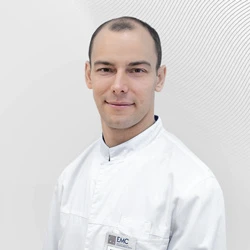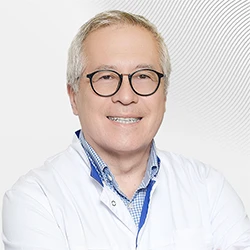Diverticulosis
What is intestinal diverticulosis?
Diverticulosis is the pathological process of the formation of sac—like protrusions of the mucous membrane protruding into the abdominal cavity — diverticula. If in the last century diverticula of the colon were found only in 5% of people under 50 years of age, in 30% of people over 50 years of age and in 50% of people over 70 years of age, now this pathology is "getting younger", it is not uncommon to meet a patient with diverticula as early as 40 years of age. Diverticula can develop in any part of the colon, but their most frequent localization is in the left half (in most cases, in the sigmoid colon).
What is the cause of diverticulosis?
Most doctors agree that the cause of diverticula formation is increased pressure in the intestinal lumen (for example, chronic constipation, increased gas formation), which leads to protrusion mucosa through the "weak" places in the intestinal wall, namely through the places where blood vessels pass through it. Some experts talk about a violation of the structure of connective tissue, which contributes to the weakening of the intestinal wall.
The incidence of intestinal diverticulosis is steadily increasing in countries with a high standard of living. The main role in the formation of diverticula is played by a decrease in the amount of plant foods in the diet and the predominance of meat and flour dishes in the diet, which leads to the formation of fecal masses of smaller volume and higher density, causing additional stress on the intestinal wall.
What are the symptoms of diverticulosis?
Most diverticula are asymptomatic, but may be complicated by severe inflammation (diverticulitis) or painless bleeding. Bleeding is most likely caused by erosion of a nearby vessel when injured by dense feces trapped in the diverticulum. Intestinal diverticulosis should be suspected with the development of painless rectal bleeding, especially in elderly patients.
Some patients may experience:
change in the usual bowel function (constipation or increased stool);
feeling of discomfort in the abdomen, more often in the left and lower parts;
increased gas formation, bloating;
pain is more common in the left lower abdomen.
The same symptoms can occur with a complicated course of the disease – acute diverticulitis, so in any case, if such symptoms occur, a specialist consultation and a full examination are necessary.
What studies can a doctor prescribe to confirm the diagnosis?
Colon diverticulosis is often diagnosed during routine colonoscopy screening. Irrigoscopy with barium sulfate (X-ray examination of the intestine with contrast agent) allows reliable detection of diverticula of the colon, since barium fills the entire volume of the intestine, including diverticula. A study of the motor activity of the colon is also being conducted. Modern highly informative examination methods used in the EMC Radiation Diagnostics Department — colonography (virtual colonoscopy) and computed tomography of the abdominal cavity — accurately determine the location and size of diverticula in the colon.
If the patient has suffered an attack of diverticulitis, he should be examined by a coloproctologist no earlier than 1 month after the acute inflammation subsides: there is a high probability of a repeat episode.
Diverticulum of the ileum
Meckel's diverticulum (J.F.Meckeljunior, German anatomist) is an anomaly of the development of the ileum — non-infection of the embryonic bile duct. Meckel's diverticulum is quite large, averaging 5-7 cm. In 50% of cases, Meckel's diverticulum affects children under 10 years of age, while the other 50% affects people between 10 and 30 years of age. Thus, Meckel's diverticulum is a "young" formation, unlike other types of diverticulosis, which develops mainly in older people – after 40.
Meckel's diverticulum is usually not accompanied by pronounced clinical symptoms. Signs of the disease are detected only with the development of complications, which include the above-described diverticulitis, bleeding, perforation, ulceration, intestinal obstruction. If the diverticulum does not cause unpleasant sensations, you should limit yourself only to following a diet and preventing complications. In case of complications or unpleasant symptoms, it is necessary to remove the diverticulum surgically.
Treatment of uncomplicated diverticular disease and prevention of diverticulitis
Asymptomatic diverticulosis does not require special treatment measures. Correction of the diet and reduction of colon spasm lead to normalization of intestinal function and reduction of intraluminal pressure, thus eliminating the conditions for the formation of diverticula.
It is necessary to increase the content of dietary fiber in the diet and introduce foods that stimulate the motor activity of the large intestine. The diet should include:
bread with bran, 2-3 tablespoons of bran per serving;
brown rice;
fruits and vegetables 400-500 grams per day;
pasta made from coarse flour;
porridge made from crushed whole grains.
It is necessary to limit fatty, fried, smoked, spicy, and salty foods in the diet. The weight ratio of plant products to animals should not be less than 4:1. Antispasmodic medications may be used, the intake of which must be coordinated with the attending physician.
The use of laxatives is excluded if they are not recommended by the attending physician. As an additional source of dietary fiber, contributing to the formation of a soft stool, EMC coloproctologists recommend taking psyllium seed preparations, which increase the volume of feces, soften them and promote unhindered passage through the intestines.
What complications can occur?
The danger of diverticular disease is the development of complications, including extremely severe ones. Some of them are life-threatening, so any self-medication with complications is excluded.
Diverticulitis is an inflammation of the diverticulum that should be treated in a specialized coloproctology department. Sudden abdominal pain and stool disorders should be considered for immediate medical attention. If hyperticulosis is diagnosed as a result of the examination, treatment is carried out with antibiotics, oil laxatives, antispasmodics, and a slag-free diet is prescribed.
With repeated attacks of diverticulitis 10-15 years ago, doctors recommended elective surgical removal of the affected segment of the colon. However, continued conservative therapy and lifestyle changes are currently recommended, as the risk of life-threatening recurrence of diverticulitis does not increase as previously thought. In patients with short inter-relapse periods, when there is no effect from conservative therapy, the question of surgical treatment may arise, since this course of the disease significantly reduces the quality of life. Elective operations for diverticular disease in specialized coloproctological hospitals in 95% take place without the formation of a temporary stoma and end with primary anastomosis (connecting the ends of the intestine) and restoration of intestinal functions. On average, patients stay in the hospital for about 5-7 days.
Bleeding associated with a ruptured vessel in a damaged, inflamed diverticular wall is first stopped using conservative therapy methods, such as hemostatic medications, but if it does not produce positive results or the bleeding threatens the patient's life, surgical treatment is performed to remove a portion of the intestine.
Diverticular perforation is the formation of a hole in the diverticulum. Microperforation may remain limited to the fatty tissues surrounding the intestine (precolytic fat) and mesentery and lead to the formation of a small abscess. A large perforation leads to the formation of a larger abscess that spreads along and around the intestinal wall, which can lead to the formation of a fistula in the bladder, vagina. Perforation into the free abdominal cavity leads to the development of rapidly progressive peritonitis. All of these conditions require surgical treatment.
Minimally invasive treatments for complicated acute diverticulitis are actively discussed in modern coloproctology. Depending on the stage and prevalence of inflammation, abscess punctures are performed in the EMC Coloproctology Clinic under the control of ultrasound or CT, laparoscopic drainage (washing) of the abdominal cavity. Emergency operations in case of rupture of the diverticulum with the development of peritonitis, as a rule, end with the formation of an intestinal stoma. The restoration of intestinal continuity is carried out in a period of 2 to 6 months.
Why the EMC
The first and only clinic in Russia, created in the image of the world's leading clinics
EMC is a multidisciplinary center offering patients a high level of medical services and a personalized approach
Worldwide recognition and awards
 Learn more
Learn more
Worldwide recognition and awards
 Certificates and licenses
Certificates and licenses
Make an appointment for a consultation
Specify your contacts and we will contact you to clarify the details
Reviews
and new products of the EMC
.webp)


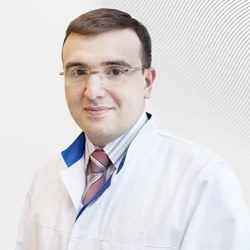
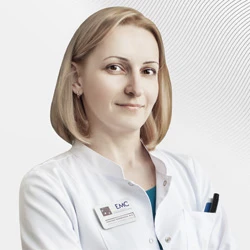
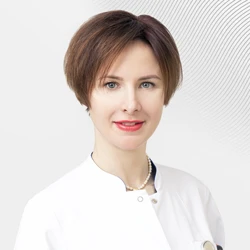

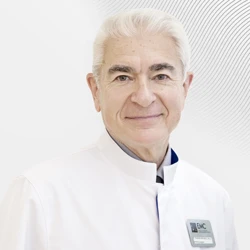
.webp)
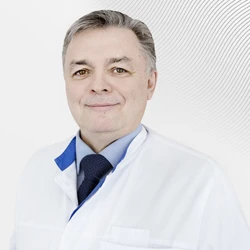
.webp)
.webp)
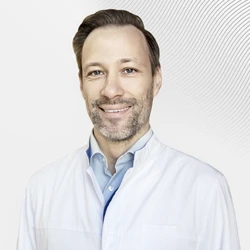
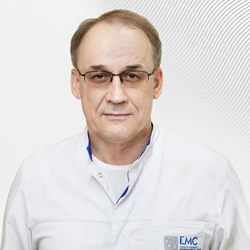
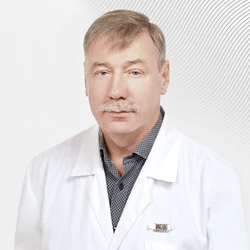
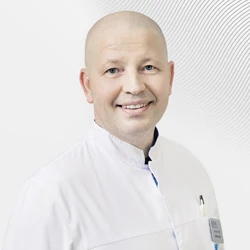
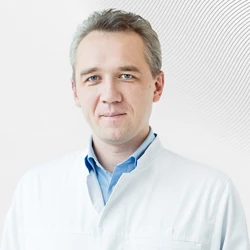
.webp)
